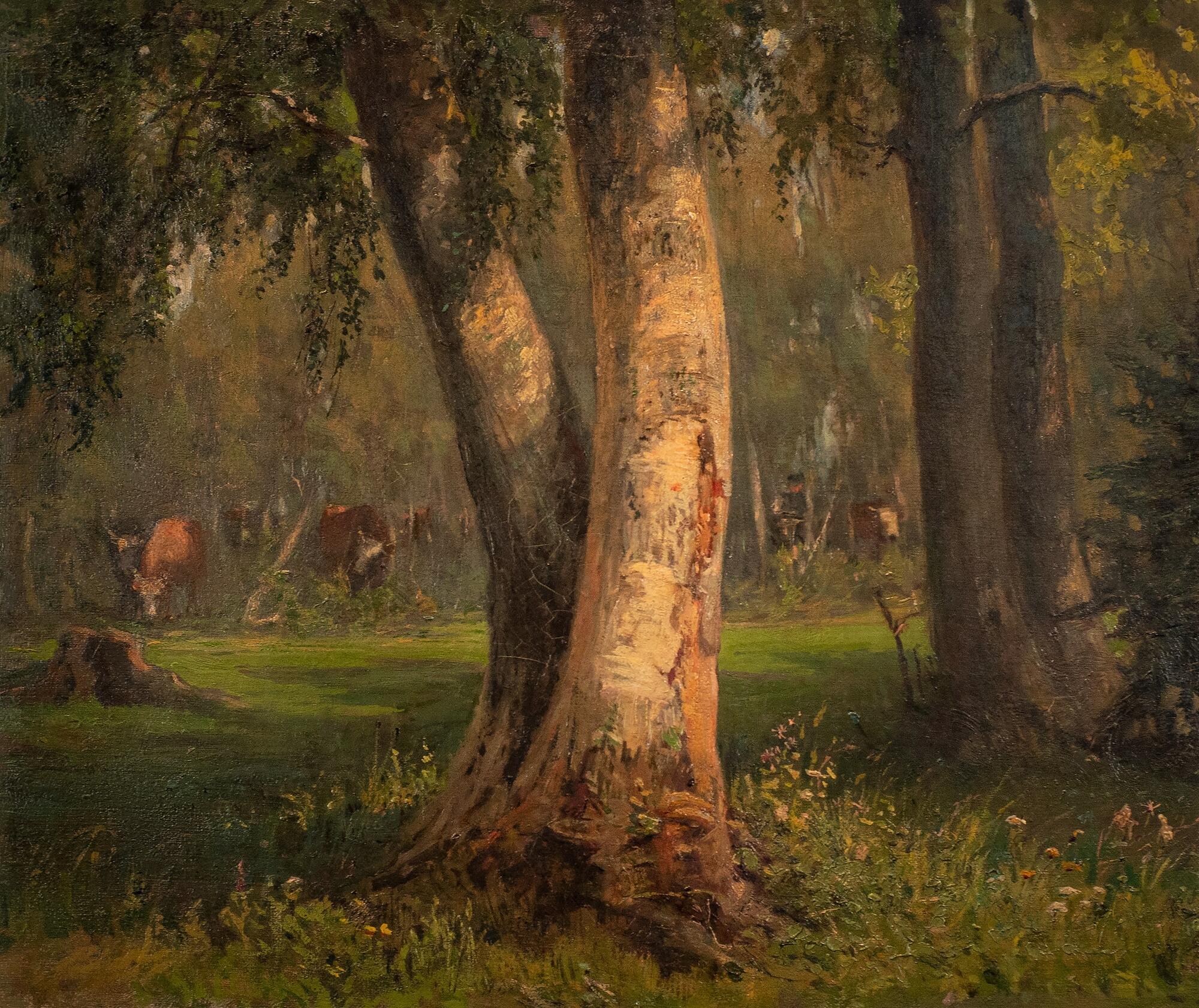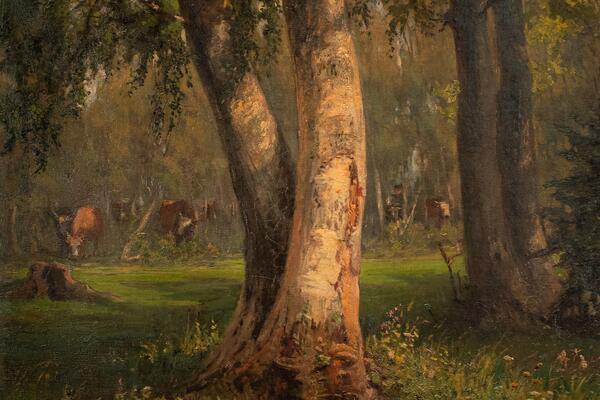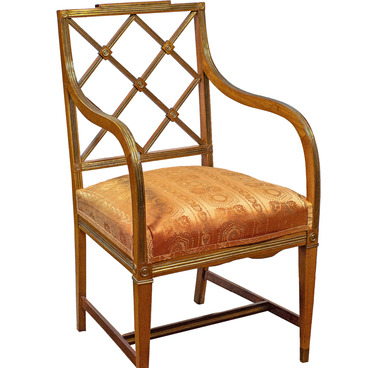Elena Wrangel is a landscape painter and animal painter, the daughter of a Russian military man, a general from infantry, Baron Karl Wrangel. She received her painting education in Moscow in the studio of the artist and architect Vladimir Sherwood.
Sherwood studied at the Moscow School of Painting, Sculpture and Architecture. He graduated in 1857 with the title of a freelance landscape painter. Later, the master continued his education at the St. Petersburg Academy of Arts, and after that, he lived and worked in Moscow. According to his project, the building of the State Historical Museum was erected on Red Square in Moscow.
After finishing her studies with Sherwood in 1870, Elena Wrangel received the title of an unclassed artist for the watercolor presented at the exhibition. An unclassed artist is a low civilian rank, which was awarded after graduation if a student received only a small silver medal for his graduation work. Such a rank was not considered honorary, and its holders were not entitled to any special privileges.
In 1872, the artist was already awarded the Large Incentive Medal, and two years later, Wrangel was awarded the title of an honorary free fellowship of the Imperial Academy of Arts. This title was awarded to those who, for formal reasons, could not be given the status of an artist or academician. The fact is that women were allowed to study at the Academy only in 1890, before that they could study exclusively in private classes, and there was no question of getting a title in this educational institution.
In the 1880s—1890s, Elena Wrangel visited Paris, where she studied at the Académie Julian — the second largest and most important art institution in France. And from 1882 to 1917, already in Russia, the artist was a member of the Imperial Society for the Encouragement of Arts. Elena Wrangel took part in the activities of the Society of Russian Watercolors of St. Petersburg, the First Ladies Art Circle, and the St. Petersburg Society of Artists. All that is known about the artist’s personal life is that she had two daughters.
The collection of the museum contains one of Elena Wrangel’s landscapes called “Forest”. It entered the museum’s funds in 1961.
Sherwood studied at the Moscow School of Painting, Sculpture and Architecture. He graduated in 1857 with the title of a freelance landscape painter. Later, the master continued his education at the St. Petersburg Academy of Arts, and after that, he lived and worked in Moscow. According to his project, the building of the State Historical Museum was erected on Red Square in Moscow.
After finishing her studies with Sherwood in 1870, Elena Wrangel received the title of an unclassed artist for the watercolor presented at the exhibition. An unclassed artist is a low civilian rank, which was awarded after graduation if a student received only a small silver medal for his graduation work. Such a rank was not considered honorary, and its holders were not entitled to any special privileges.
In 1872, the artist was already awarded the Large Incentive Medal, and two years later, Wrangel was awarded the title of an honorary free fellowship of the Imperial Academy of Arts. This title was awarded to those who, for formal reasons, could not be given the status of an artist or academician. The fact is that women were allowed to study at the Academy only in 1890, before that they could study exclusively in private classes, and there was no question of getting a title in this educational institution.
In the 1880s—1890s, Elena Wrangel visited Paris, where she studied at the Académie Julian — the second largest and most important art institution in France. And from 1882 to 1917, already in Russia, the artist was a member of the Imperial Society for the Encouragement of Arts. Elena Wrangel took part in the activities of the Society of Russian Watercolors of St. Petersburg, the First Ladies Art Circle, and the St. Petersburg Society of Artists. All that is known about the artist’s personal life is that she had two daughters.
The collection of the museum contains one of Elena Wrangel’s landscapes called “Forest”. It entered the museum’s funds in 1961.



